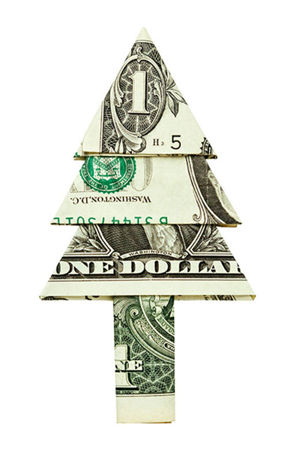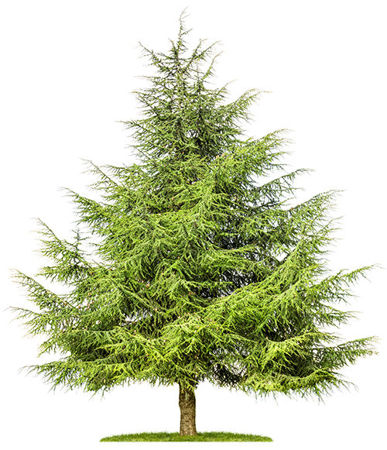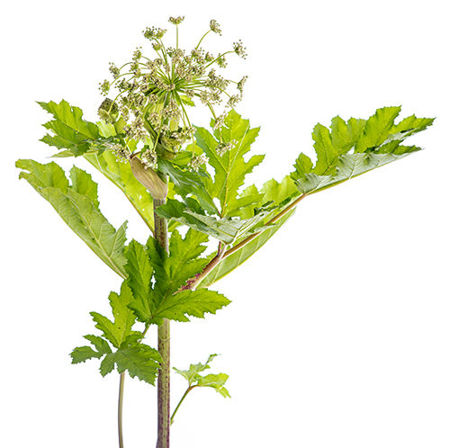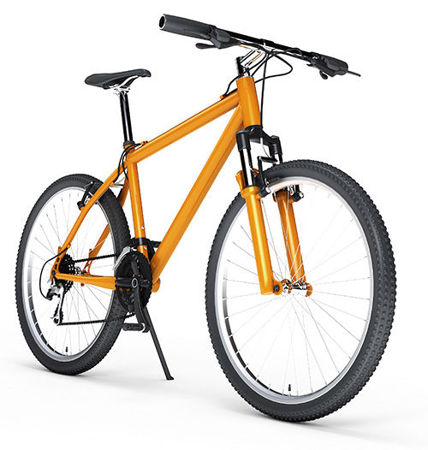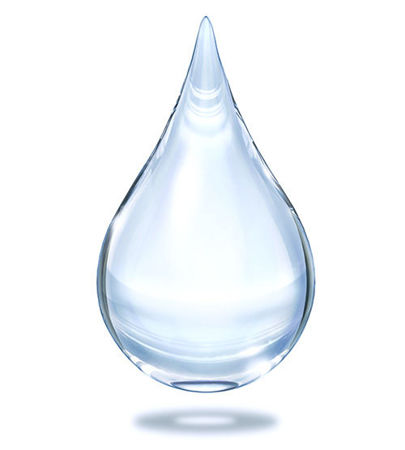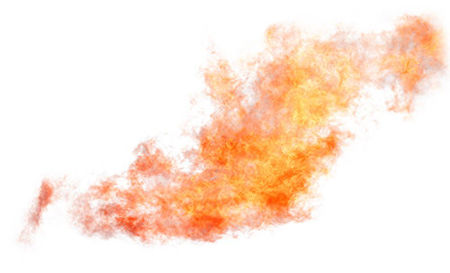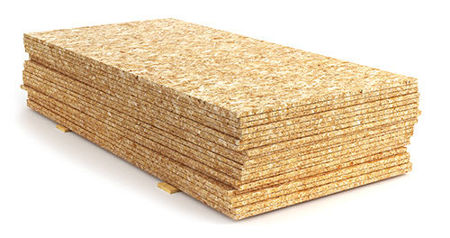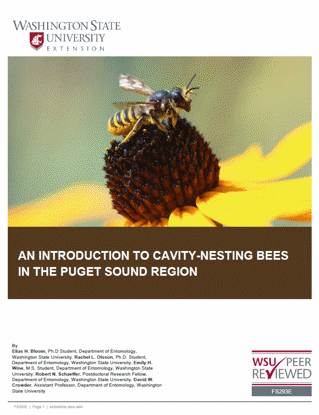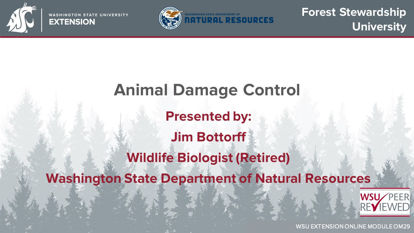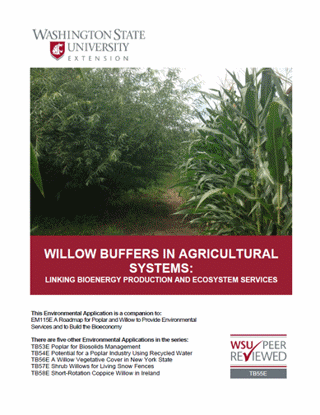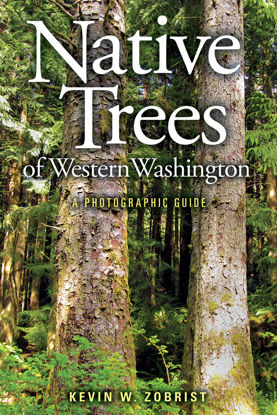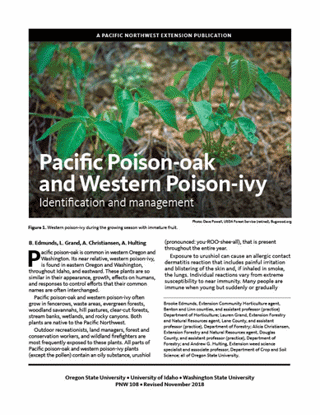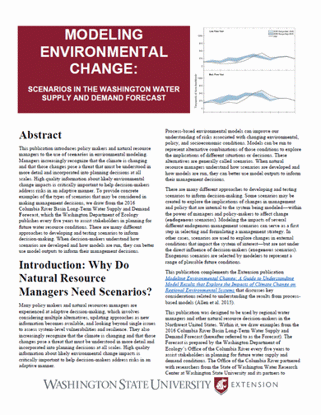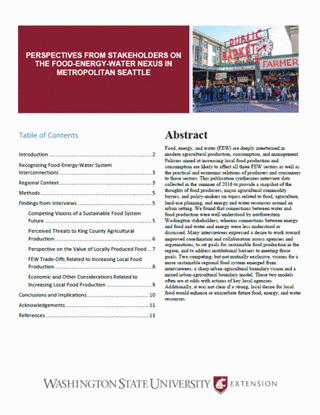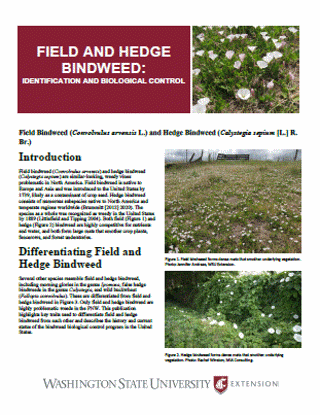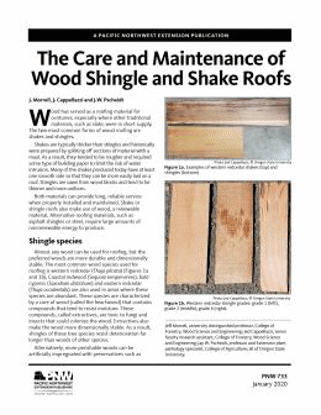You have no items in your shopping cart.
Natural Resources
Natural Resources
An Introduction to Cavity-Nesting Bees in the Puget Sound Region (Home Garden Series)
Learn to harness a variety of wild bees in your backyard using these simple and effective methods. ...
$0.00
Animal Damage Control
In this module, Jim Bottorff, retired wildlife biologist from the Washington State Department of Natural resources, provides an overview of the wildlife species that most commonly damage trees. This includes those that damage seedlings as well as those that damage larger trees. This module also describes control strategies to reduce or eliminate some types of damage.
Access to the modules is free, but registration is required. See below for registration information.
$0.00
Integrating Willow Buffers into an Agricultural Landscape: Linking Bioenergy Production and Ecosystem Services(Environmental applications for poplar/willow road map EM115E)
This publication is part of the poplar/willow Environmental Applications series: innovation in bioenergy, remediation, and wastewater treatment. ...
$0.00
Native Trees of Western Washington
In Native Trees of Western Washington, Washington State University’s Kevin Zobrist examines regional indigenous trees from a forestry specialist’s unique perspective. He explains basic tree physiolog ...
$20.85
Pacific Poison- oak and Poison-ivy: Identification and Management
How to identify and control Pacific poison-oak and western poison-ivy, and how to prevent exposure to the plants’ oily substance, Urushiol, which can cause and allergic contact dermatitis. ...
$0.00
Modeling Environmental Change: Scenarios in the Washington Water Supply and Demand Forecast
Understanding future water resource conditions for Washington State is critically important: learn what scenarios are and how to apply them here.
$0.00
Perspectives from Stakeholders on the Food-Energy-Water Nexus in Metropolitan Seattle
Food, energy, and water: we use them and need them. This publication provides a snapshot of perspectives from stakeholders across the Pacific Northwest.
$0.00
Field and Hedge Bindweed: Identification and Biological Control
Both field and hedge bindweed smother crop plants, fencerows, and forest understories. Learn how to identify and control these invasive, problematic vines.
$0.00
The Care and Maintenance of Wood Shingle and Shake Roofs
Wood shingles and shakes can provide years of service if properly installed and maintained. Learn what kinds of wood make the best roofing material; how to protect against fungus, moss and lichen; and how to clean your roof.
$0.00
- 1
- 2

